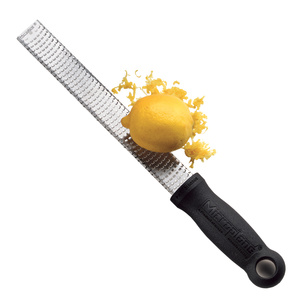Wow, oh wow! These potatoes are unbelievable. I first made them as part of our Easter dinner this year, and they did not disappoint. Even my friend Timm, who doesn’t care for blue cheese, had a second helping. The recipe is perfect as written, so I didn’t make any modifications — a rare thing these days.
Scalloped Potatoes with Three Cheeses
- 3/4 cup (packed) grated extra-sharp cheddar cheese (about 4 ounces)
- 3/4 cup crumbled Danish blue cheese (about 4 ounces)
- 1/3 cup (packed) freshly grated Parmesan (about 1 1/4 ounces)
- 4 pounds russet potatoes, peeled, cut into 1/4-inch-thick rounds
- 1 1/2 teaspoons salt
- 1/2 teaspoon ground black pepper
- 1/4 cup finely chopped onion
- 3 tablespoons all purpose flour
- 4 tablespoons (1/2 stick) butter
- 3 cups whole milk
Preheat oven to 400°F. Lightly butter 13x9x2-inch glass baking dish. Mix cheddar cheese, blue cheese and Parmesan in small bowl.
Arrange half of potatoes in prepared baking dish, overlapping slightly. Sprinkle with teaspoon salt and 1/4 teaspoon pepper. Sprinkle onion over, then flour. Dot with 2 tablespoons butter. Sprinkle half of cheese mixture over. Top with remaining potatoes, 3/4 teaspoon salt, 1/4 teaspoon pepper and 2 tablespoons butter. Reserve remaining cheese.
Bring milk to simmer in medium saucepan. Pour milk over potatoes (milk will not cover potatoes completely). Cover baking dish tightly with foil. Bake 45 minutes. Uncover dish (liquids in dish may look curdled); sprinkle potatoes with reserved cheese mixture. Bake uncovered until potatoes are tender and cheese is deep golden brown, 30-45 minutes longer. (Can be prepared 2 hours ahead. Let stand at room temperature. Cover and rewarm in 375°F oven about 20 minutes.) Remove from oven; let stand 15 minutes before serving.
Makes 12 servings (only 8 at my house)
Source: Rick Rodgers – Bon Appetit, November 1999










